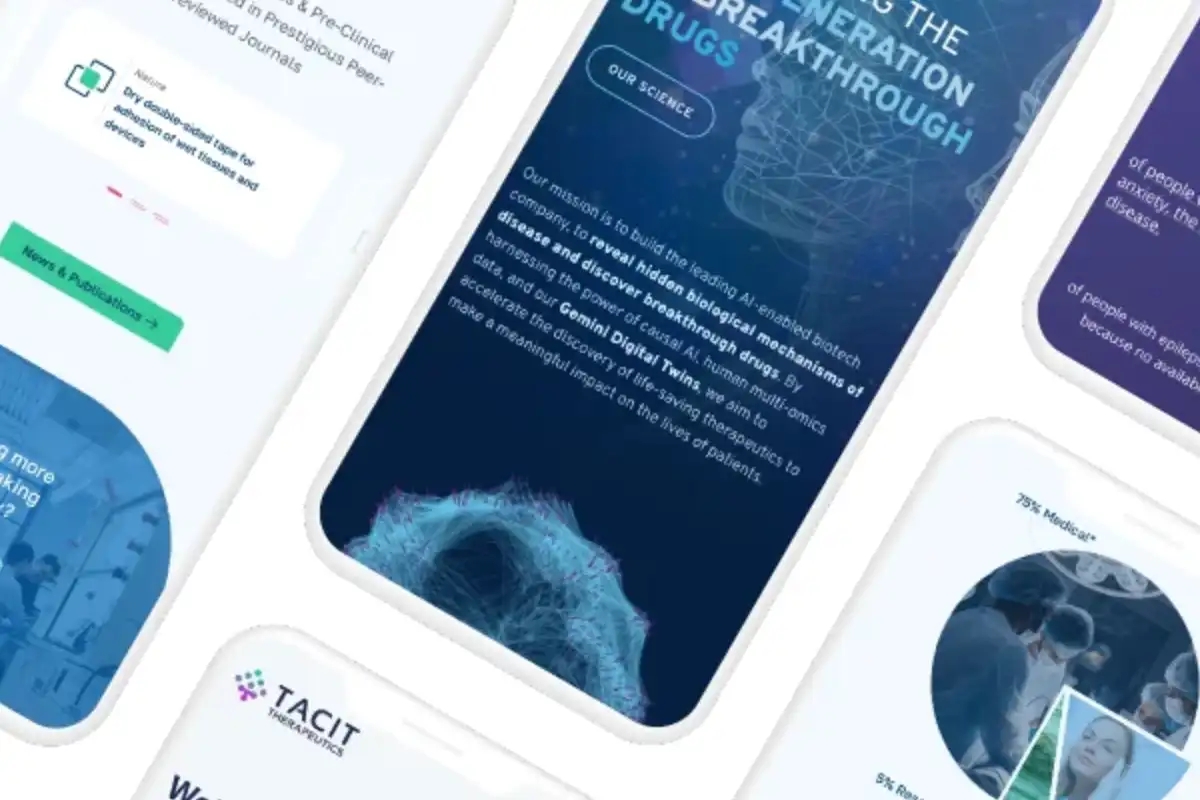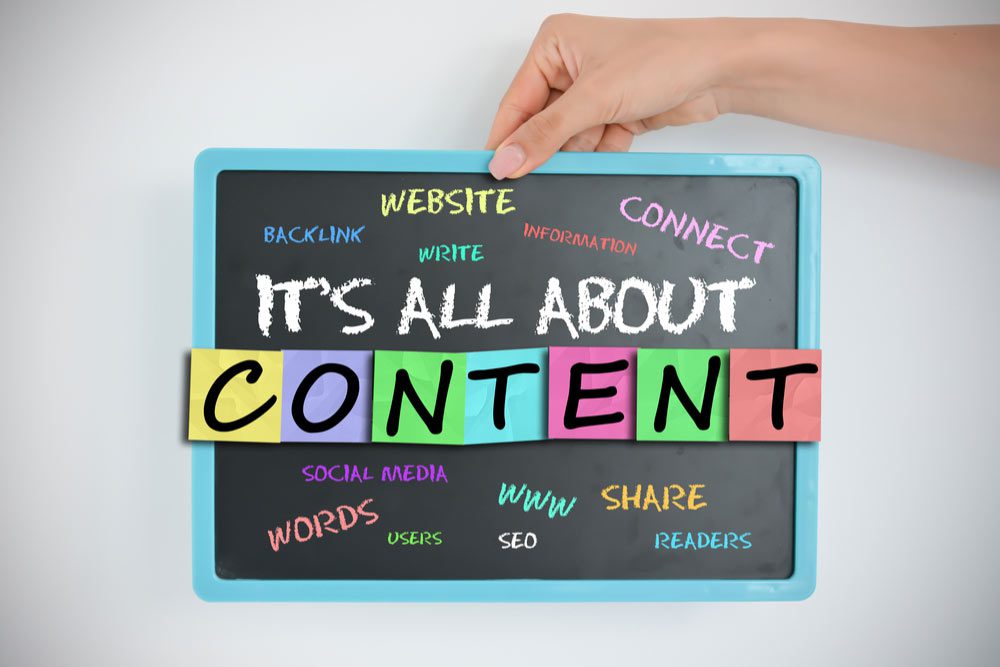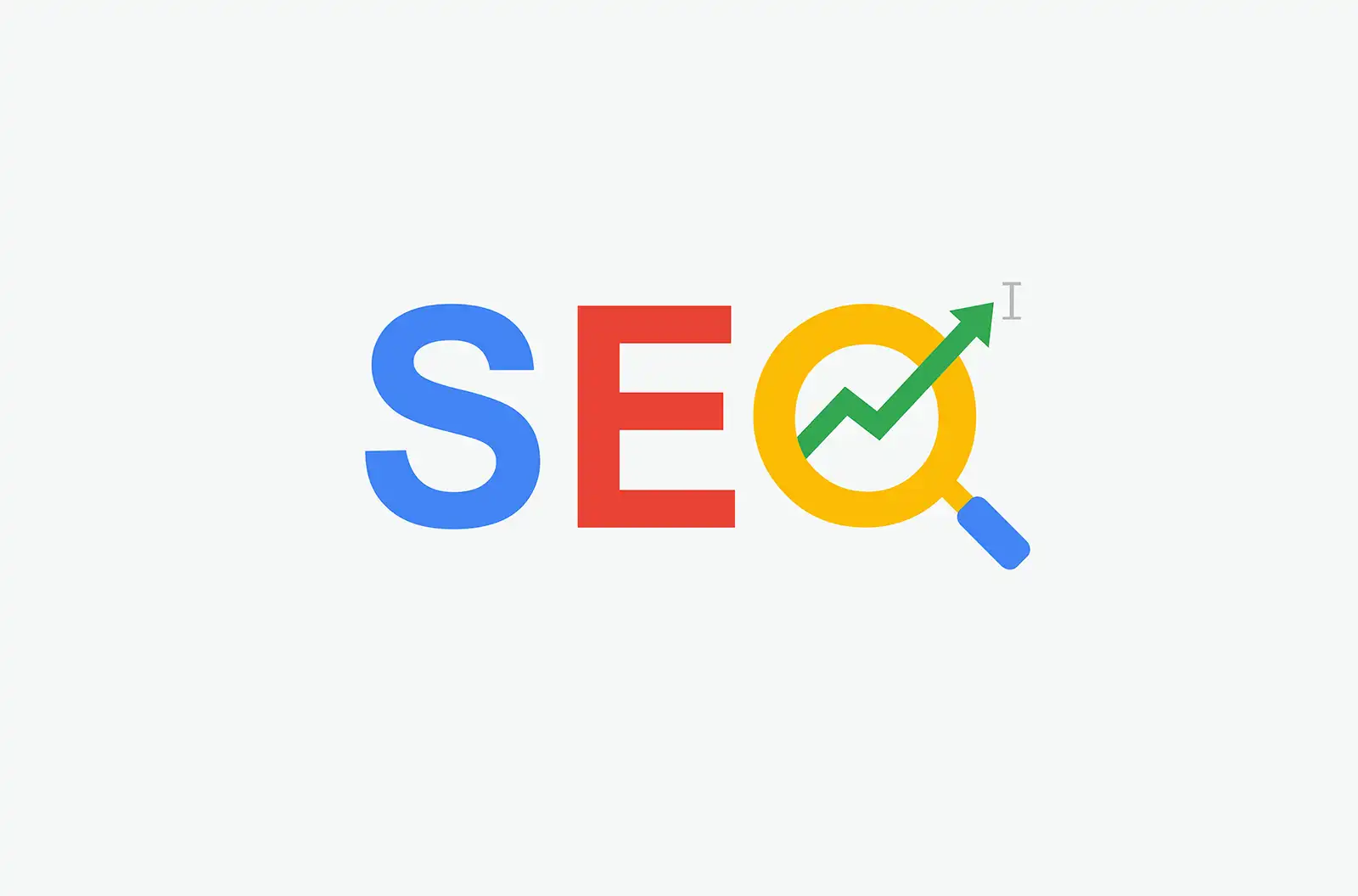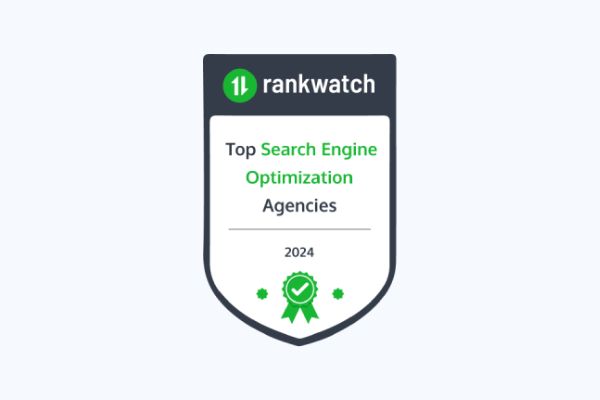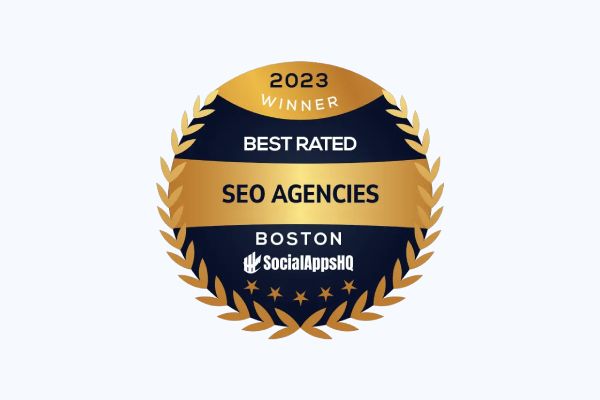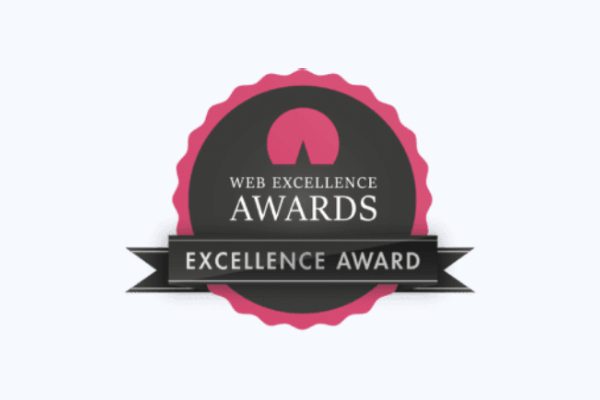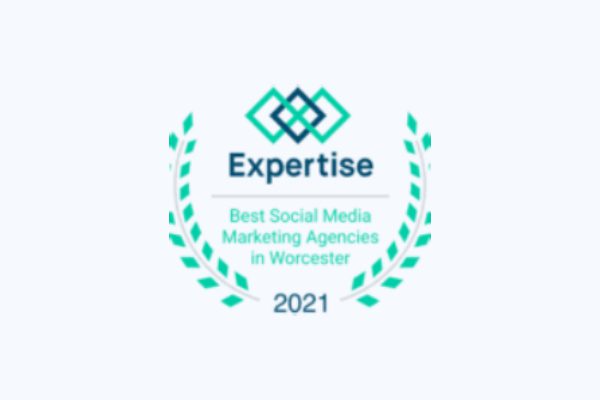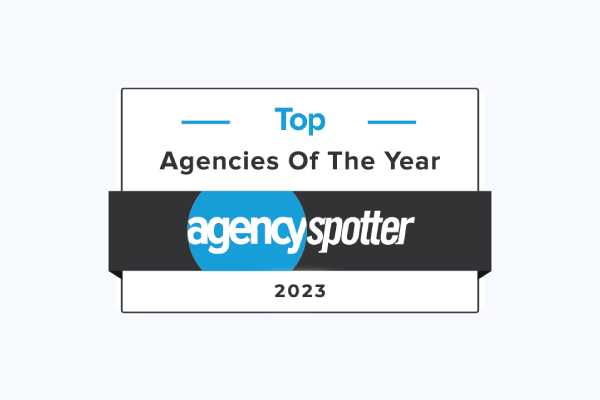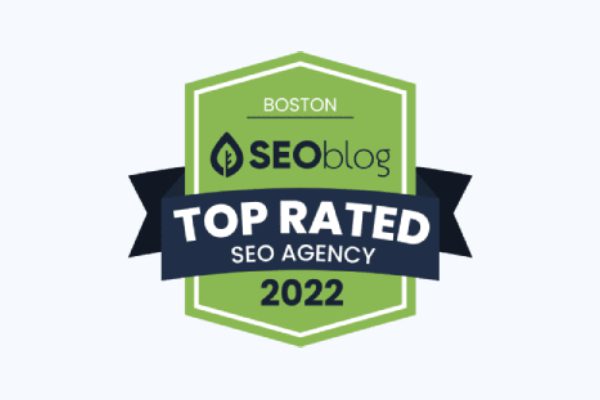The world has seen a proliferation of Asia-Pacific (APAC) companies within the life sciences and biotech industries over the past 20 years. The industry evolved and companies matured within the region at lightning speed, and the establishment of North American and European headquarters and manufacturing quickly followed. APAC companies are well known for their high-context cultures; that is, their businesses rely heavily on dynamic interpersonal relationships acutely attuned to the message of spoken words, nonverbal expressions, and physical and social settings. We put together a translation for Asian life sciences toolkit for effective clear communication across the biotechnology industries.
Properly and gracefully managing the many relationships involved with bringing a company overseas – between the company and its local government, real estate, hiring agents, and technology or service partners, as well as between partners and local audiences – requires culturally and linguistically appropriate language services. We’ve identified eight of the language translation requirements most overlooked by APAC companies during overseas expansion; creating a translation management strategy with these eight simple directives in mind is crucial to every company’s triumphant entry into a highly technical, heavily regulated, and tight-knit industry.
The Language of Life Sciences
The wide-ranging life sciences industry consists of companies focused on how living things relate to each other and the environment. Most prominent under the life sciences umbrella is biotechnology, essentially a toolbox that leverages our understanding of the natural world to create solutions for the world’s ills, anything from sustainable agriculture to fossil fuel alternatives to chemical tools for research at the cellular level.
North America and Europe initially dominated the life sciences and biotechnology spaces; innovation and solid business plans abounded, companies established Asian Pacific headquarters and manufacturing arms. Around 2007, however, PwC and other leading analysts posited a seismic shift – PwC termed it a “global gravity shift” – with the Asian Pacific territories now leading the biotech charge.
That global shift has since been realized, as biotech clusters cropped up throughout Asia; namely, in China, Japan, India, South Korea, Taiwan, Singapore, and Malaysia. According to a PwC survey of 185 Asia Pacific pharmaceutical companies, at least 75% report exporting as a key goal, whether by acquisition or the creation of “greenfield” sites, manufacturing arms built from the ground up.
By 2015, the Asia Pacific biotech industry had matured to the point where companies could set down roots abroad. For example, China’s WuXi AppTech, which runs studies and designs clinical trials for biopharma, landed in Boston and a handful of other US sites, including a greenfield manufacturing site in Springfield, MA. These companies want to be closer to their American counterparts to facilitate shared development and implement new technologies faster and with new audiences. In addition, regulatory requirements are more easily fulfilled – a drug approved in China still requires local clinical trials here in the US prior to approval and distribution.
At the same time, the industry has seen the outsourcing of critical functions beyond manufacturing, as companies focus instead on sales and marketing. The outsourcing of research and development, clinical trials, and analytical services now benefit from the opportunity for local agents, technology and service providers positioned to bridge the language and cultural gaps between Asia and the US.
As such, APAC companies making their way into North America and Europe are continually managing myriad relationships, with many multilingual partners and clients. These relationships require cross-culturally adapted, professional language services, both to fulfill the obligations of doing business with other people from high-context cultures, and because in such an extremely technical, regulatory industry, lives literally rely on clear communication.
A Translation for Asian Life Sciences Industry Toolkit
Keeping these eight directives in mind when planning for expansion into a new territory will smooth the transition and optimize the effectiveness of any rollout strategy:
1. Use Native Speakers for Translation.
APAC companies will often hire agencies in their native countries, resulting in translations of unknown quality. The teaching of English as a foreign language (TEFL) is not uncommon in APAC countries, whether it be for advancement in school or a career; however, the nuances of the industry require localized translation, translation that delivers the associated message rather than just a literal content translation.
For example, the US is generally known as a low-context culture. When doing business, Americans like to get to the point. But it’s a generalization – in reality, perhaps due to constant ethnic and cultural negotiation, Americans tend to operate more on a continuum. A literal content translation may be useful for a real estate agent sourcing greenfield locations but would never work for attracting a diverse population to a clinical trial.
Hiring speakers native to your destination country is key, minimizing miscommunication and eliciting trust from your audience.
2. Use Native Speakers Educated in Life Sciences.
High-quality translation companies are known for linguistic matchmaking; that is, companies are paired with professional translators based on their education and experience within a specific industry. So much can get lost while bringing a drug to market or new technology to healthcare; an experienced translator understands the intent and purpose of each piece of relevant content, in both languages.
We are deluged daily by information, and a professional translator can also prioritize content and maximize its effectiveness in the process, paying special attention to areas known to generate issues. For example, throughout every stage of bringing a drug to market, pharmaceutical companies typically see issues around:
- Reimbursement
- Approvals
- Marketing and co-marketing
- Generics
- Launch
- Regulatory requirements and restrictions
- Participating doctors
- HIPAA and Privacy
3. Optimize for SEO
Technologically and linguistically. Large multinational corporations coming to America may not require a US-based server; a well-established, international online presence is designed to account for geotargeting and SEO from the outset. Small- and medium-sized companies and startups, however, do benefit from a US-based server to maximize the effectiveness of lower-level information such as meta tags, titles, and keywords, as well as click-throughs to localized landing pages.
In addition, access and page loads are faster with a local host and speed is crucial to successful sales and digital marketing, whether transactional or company-wide. In an industry rife with mergers and acquisitions as a means for expansion, locally hosted websites can easily separate from larger ones and works as a selling point.
4. Identify Key Words and Phrases.
A word in Chinese or Korean can have multiple, vastly different translations. Those are the keywords and search terms to examine closely. Separate out keywords and search phrases so translators can spend extra time on them. Make sure everyone involved – translator, company, agency – has all the options, is aware of potential mishears, misreads, and soundalikes that may compromise the quality and consistency of the message.
Be sure to prioritize content during this process as well, always keeping partners and clients in mind. Post-sales content, support documentation, and SEO are commonly overlooked.
5. Focus on User Experience.
Typically, US-based partners and clients expect to see:
- Button colors that make sense.
- Diversity of people and places that match the American demographic.
- Sensible navigation.
- Controlled, useable conversational marketing (chatbots, FAQs, and other customer services show up at the right time).
- Proper timing for signup and requests for additional information.
- Easy to find contact information, including a local address. US businesses and clients are attracted to a local address, which shows commitment and staying power.
- Easy-to-find regulatory paperwork.
- Local words, casual talk to acknowledge American informalities.
- Clear, well-written verbiage and proper punctuation and spelling in American English.
- Enough information for every type of reader (skimmer, deep-dive researcher, bullet point reader) through all phases.’
6. Language Navigation for Asian Pacific Life Sciences Organizations
Be sure users can easily find translation options. The known standard is to place a globe or flag icon at the top right-hand side of a home page which links to a dropdown menu with language options, each in its own language.
7. Hire an Agency with a Planned Content Management Strategy for your Translation for Asian Life Sciences.
A high-quality translation company will keep archives of your translations, which can be strategically reused; for example, website translations can be used to create marketing collateral. It’s cost-effective and adds to the consistency of voice, search terms, phrases for cultural adaptation, and brand recognition.
Launching a startup biotech website: A complete guide from Seed to Series A
8. Keep in Touch.
Keep current with blogs, articles, and case studies that highlight innovation and your company’s timeline. This in turn provides opportunity to connect regularly with target audiences via social media, while also addressing SEO.
Biotech analysts see only continued growth of related industry throughout Asia and the Pacific, North America, and Europe. So, too, will the life sciences continue to innovate, faster still as collaboration and shared research become, with high-quality translation, expected practice. The implications are many and far-reaching, and as personal as it is global, as life sciences holds the key both to advances in research on the cellular level through to solving issues of inequity in healthcare research and delivery. All of it held together by the language of life sciences.

